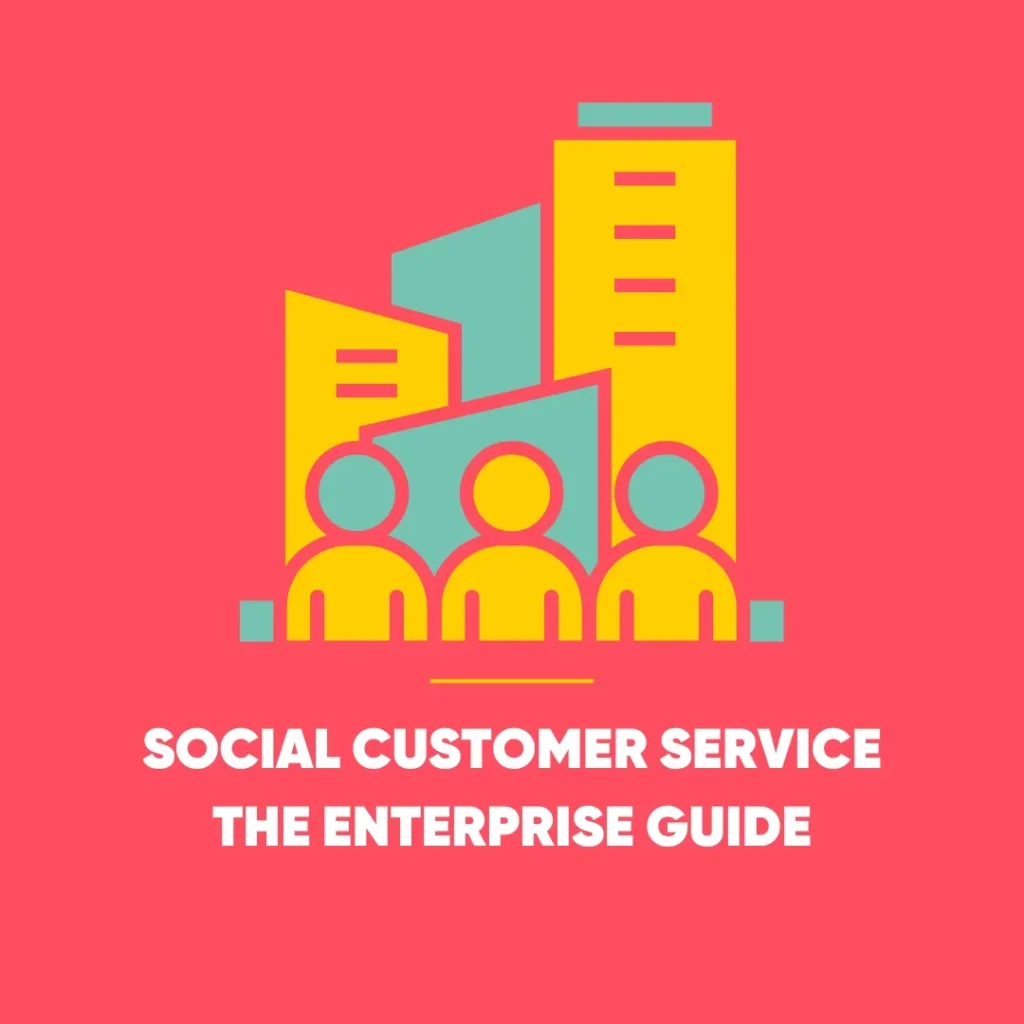Website Migration Guide: A Comprehensive Success Manual
Website migration guides are essential when transitioning to a new content management system (CMS), adopting a new framework, or undertaking a site redesign. These migrations, while potentially beneficial, carry significant risks. Without careful planning and execution, a poorly handled migration can lead to a drop in site performance, a fall in search engine rankings, and even a complete loss of web traffic.
Imagine a physical business moving to a new location. While the goal is to reach a broader audience, they must ensure that they don’t lose their existing customers in the process. Furthermore, this concept applies to website migrations, where retaining the ‘URL equity’ – the value and authority built up by existing URLs – is paramount. Losing this equity during a migration can have long-term detrimental effects on your website’s success.
To avoid these pitfalls, following a structured process and using a detailed website migration checklist is crucial. This guide offers a comprehensive overview of website migration. Additionally, it covers best practices and provides real-world examples of successful migrations.
What Is a Website Migration?
A website migration is a process where a website undergoes significant changes to its structure, design, location, or underlying technology, which can impact its performance and traffic. The most common type of migration involves moving a website from one domain to another. However, migrations can also include switching from HTTP to HTTPS, altering URL structures, or even redesigning the entire site.
According to a recent survey of digital marketing professionals, the most common reasons for undertaking a website migration are as follows:
- 31%: Changing content management system or platform
- 24%: Moving to a new domain
- 26.4%: Redesigning or restructuring the website
- 12.4%: Switching hosting providers
- 3.8%: Other reasons
Whether it’s shifting to a new CMS, rebranding, or merging multiple websites due to a business acquisition, each of these scenarios requires a careful and well-thought-out migration plan. In fact, without a proper strategy, you risk losing valuable equity from your current site. This loss could significantly impact revenue and brand recognition.
How Migrations Affect SEO
It’s no secret that website migrations can have a temporary negative impact on SEO. A drop in traffic and rankings immediately following a migration is not uncommon, as search engines take time to understand the changes made to your site and update their indexes accordingly. However, when executed correctly, a website migration can support long-term SEO goals and lead to increased rankings and traffic over time.
For example, migrating content from a subdomain to the root domain can result in an improvement in traffic. This is because the content from the subdomain can now benefit from the stronger authority of the main domain. Similarly, moving to a more powerful CMS can improve site speed, performance, and user experience, all of which are crucial factors in search engine rankings.
Checklists
Website migrations can be complex and challenging, but using a detailed checklist can help ensure success. Here’s a step-by-step guide to follow during your website migration:
1. Plan and Preparation
Before starting the migration, it’s essential to establish a clear understanding of where your website currently stands. This involves creating a comprehensive baseline report that covers:
- Current keyword rankings: Identify the keywords for which your pages currently rank.
- Traffic data: Measure how much traffic your website is receiving.
- Conversion metrics: Track which pages are converting the most.
- Site speed: Assess the loading times of your site.
- Indexed pages: Determine the number of pages currently indexed by search engines.
- Compatibility issues: Identify any potential technical issues that might affect the migration.
Use web analytics tools like Google Analytics 4 to track these metrics for at least a few weeks before the migration. After the migration, compare the new data against this baseline to ensure that your website’s performance has improved.
With your baseline report in hand, you can begin to outline the goals and objectives of the website migration guide. These goals might include increasing web traffic, improving user experience, or boosting conversion rates. It’s important to distinguish between the underlying reasons for the migration (such as needing a new CMS or merging websites) and the overall goals, which should focus on improving the site’s existing success.
Involve internal and external experts – such as IT professionals, SEOs, web developers, and analytics teams – in the planning process. Each group can provide valuable insights and help you avoid common pitfalls. Additionally, create a detailed migration plan that includes:
- A sensible budget: Allocate enough resources to cover all aspects of the migration.
- A reasonable timeline: Set realistic deadlines for each stage of the migration.
- Team roles and responsibilities: Clearly define who is responsible for each task.
Remember that website migrations are complex projects that require close collaboration and communication between team members.
2. Data Backup and Migration
Before starting the migration, ensure that you have a complete backup of all your website’s data, including:
- Content
- Media files
- Databases
- User accounts
This backup serves as a safety net, allowing you to recover data if any issues arise during the migration process. It’s also essential to develop a strategy for preserving the integrity, consistency, and accuracy of the data being migrated. This might involve addressing data dependencies, relationships, or transformations that could impact the migration.
Here are some tools and techniques that can assist with data migration:
- Backup and Restore Utilities: Most CMS and database platforms have built-in tools for creating complete backups of your website data.
- Database Migration Tools: These tools are designed to migrate databases between different platforms or environments.
- Code Migration Tools: Version control systems can help manage and track changes in code, as well as merge code changes and resolve conflicts.
- Content Migration Tools: These tools are used to migrate content between different CMS platforms or versions.
- Data Transformation and ETL Tools: Extract, Transform, Load (ETL) tools can help restructure data during the migration process.
- Scripting and Automation Tools: Custom scripts can automate tasks like data extraction, transformation, and loading.
Thoroughly test and validate these tools in a controlled environment before using them in a live migration. In other words, document the data migration process carefully, noting any challenges encountered and the resolutions implemented.
3. Content Audit and Optimisation
A key aspect of most website migration guides is changing URLs. Without a proper strategy, you risk losing valuable site equity. To prevent this, conduct a content audit and create a content map. This process will help you identify errors, such as bad redirects or 5xx errors, that need to be fixed before migration.
Not all URLs will need to be migrated, so use the 6Rs framework to determine the fate of each piece of content:
- Reformat: Update the format of the content to align with the new website’s design.
- Repurpose: Adapt the content for a new purpose or audience.
- Refresh: Update the content with new information or a fresh perspective.
- Retire: Remove outdated or irrelevant content.
- Redirect: Point the legacy URL to the most relevant new page.
- Remain: Keep the content as is, but ensure it fits within the new structure.
Prioritise optimising content that drives the most traffic or generates the most revenue. Avoid redirecting legacy URLs to the homepage, as this can lead to a poor user experience and may result in soft 404 errors. If a relevant new page doesn’t exist, consider creating one or removing the legacy URL altogether.
4. Redesign and Customisation
If your website migration involves a major redesign, the new design should align with your organisation’s brand vision. This includes updating the layout, user interface, and branding elements. Pay attention to the following aspects during the redesign process:
- Integration: Ensure seamless integration of existing digital assets, such as logos and brand guidelines.
- Style Guides: Review the colour scheme, typography, and imagery to ensure they accurately represent your brand.
- Design Standards: Follow modern design principles to create an intuitive and user-friendly website.
- Collaboration: Work closely with your development team to ensure that the redesign is visually appealing and technically sound.
User testing is crucial to ensure that the redesign meets the needs and expectations of your audience. Incorporate feedback from stakeholders, clients, and potential customers to create a design that resonates with your target audience. Additionally, ensure that the website is accessible and easy to navigate for all users, including those with disabilities.
5. Training and Documentation
A successful website migration guide requires collaboration between various stakeholders, including content creators, developers, designers, administrators, and any external agencies involved. Moreover, to ensure a smooth transition, provide comprehensive training and documentation for all relevant parties.
Training materials should cover the new website’s functionality, any changes to the CMS, and other relevant tools or platforms. These materials might include step-by-step guides, video tutorials, and best practices for creating, editing, and publishing content on the new website. Consider offering hands-on training sessions or workshops to help team members become familiar with the new system.
Additionally, ensure that the documentation is well-structured, comprehensive, and easily accessible. Creating a centralised knowledge base or wiki can be helpful, as it allows team members to access the documentation, share their learnings, and collaborate on improving the resources over time.
Documentation is also crucial for maintaining accountability during the migration process. Keep detailed records of each step, testing session, and strategy shift to help identify and address any issues that arise later.
6. Testing and Quality Assurance
Before launching the new website, thoroughly test it in a closed environment to identify any errors or issues that could negatively impact the user experience or website traffic. Testing the migration in a controlled setting is important for several reasons:
- Changes won’t affect the live site: The old site remains operational while testing is conducted.
- URL integrity: Ensure that URLs are correctly mapped and that no significant 404 errors occur during the migration.
- Website speed: Test the site on multiple devices and browsers to ensure it loads quickly and performs well under different conditions.
- Crawlability: Use tools like Screaming Frog to check if the site can be easily crawled and indexed by search engines.
- User experience: Assess how the design and functionality of the new site affect users.
- Error identification: Detect 404, 301, and 302 errors and resolve them before going live.
Once you’re satisfied that the new site is functioning correctly, create a contingency plan in case something goes wrong during the launch. It’s also a good idea to launch the new website outside of peak hours to minimise the impact on your audience.
Measuring the Success of a Website Migration
Additionally, after the migration, it’s important to evaluate its success. By comparing key metrics to your baseline data, you can effectively measure performance and identify any areas for improvement. Key performance indicators (KPIs) to monitor include:
- Keyword rankings: Track how your new URLs rank for relevant keywords.
- Traffic: Monitor the volume of traffic to the new site.
- Conversions: Check if your conversion rates have improved.
- Bounce rate: Measure whether users are engaging with your new content.
- User experience: Collect feedback from users to identify areas for improvement.
- Revenue: Evaluate whether your migration has resulted in increased sales or leads.
These metrics will help you determine whether your migration was successful or if further adjustments are needed. Additionally, continue to monitor the site for several weeks after the migration to ensure that everything is running smoothly.
Conclusion
Website migration guides are complex projects that require careful planning, collaboration, and execution. By following this comprehensive guide, you can increase the likelihood of a successful migration that preserves your site’s URL equity, maintains or improves search engine rankings, and ultimately supports your long-term business goals.
Every successful migration begins with a solid understanding of your current website’s performance, careful planning, and involving the right stakeholders. With the right tools, processes, and best practices in place, your website migration can, therefore, be a smooth transition to a better and, consequently, more powerful online presence.









